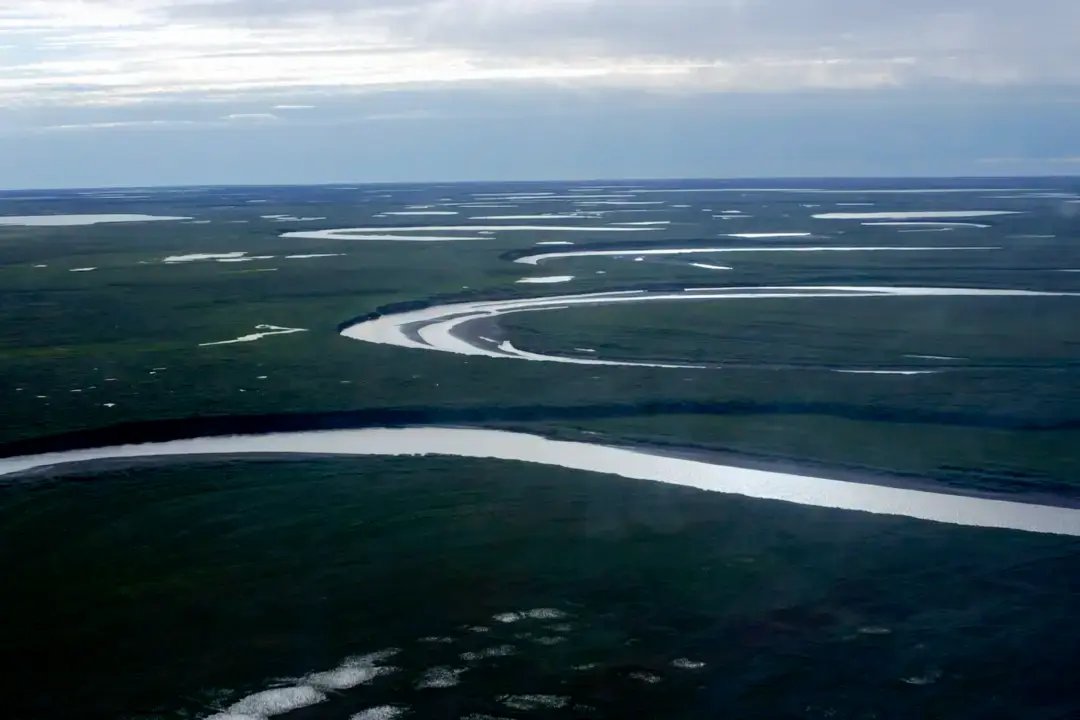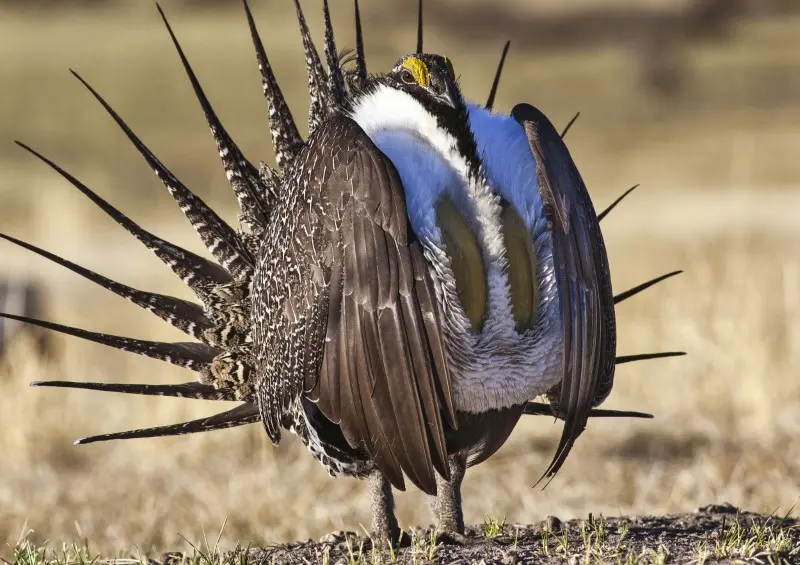Winter storms that deluged California this year flooded crops and homes along small agricultural and beach communities, leaving thousands of illegal immigrants working as field and service workers without shelter or jobs as summer approaches.
Most of them can’t qualify for federal unemployment assistance, even though they pay payroll taxes. And while charitable organizations were able to fill a small gap, a new state program is expected to provide aid to many such workers and small business owners who are still without work or a place to live.





